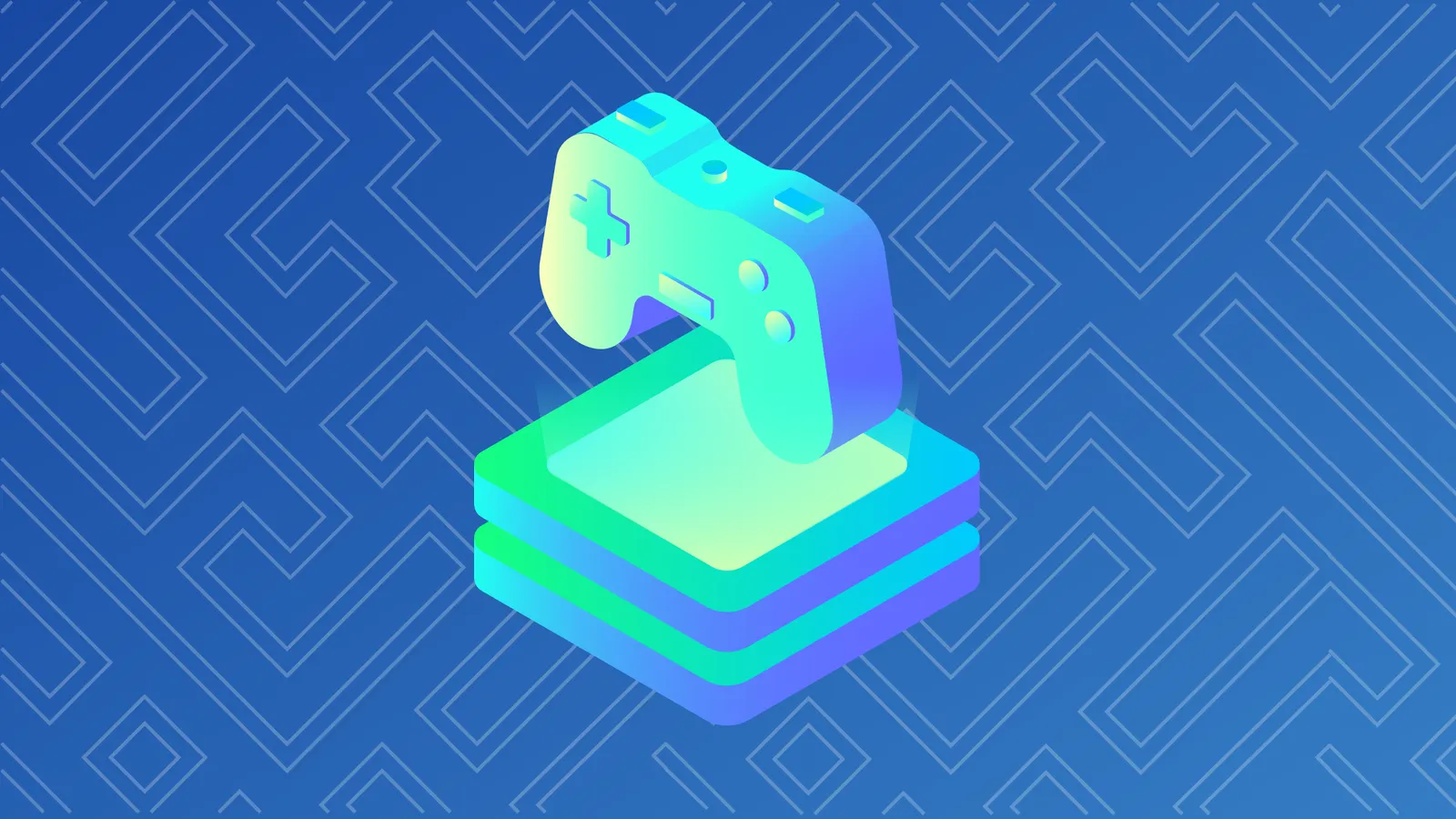In the wide world of crypto, there are now many blockchains specifically designed for gaming—but Ronin was among the first to launch.
Gaming blockchains are typically built to offer low transaction fees and a higher number of potential transactions, so they’re supposed to be more affordable and more scalable than blockchains like Bitcoin and Ethereum. Some gaming chains are also private, meaning that developers must gain approval from a blockchain’s creators in order to join its ecosystem.
Ronin is one of those examples—at least for now, though founders have said they intend to open it up sometime in 2024 for more studios to build on. In the meantime, games like Pixels and Axie Infinity are drawing players to the Ethereum sidechain network. Here's what you need to know about it.
What is Ronin?
Ronin is a gaming-centric Ethereum sidechain designed to handle transactions at a much faster and cheaper rate than Ethereum's own mainnet. The Ethereum Virtual Machine (EVM) compatible chain originally launched back in February 2021.
It originally launched a “proof of authority” blockchain (PoA), meaning individuals Ronin deems reputable run validator nodes, a type of computer software, to confirm transactions on its blockchain. One common criticism of the PoA method, however, is that a lot of trust must be placed in a smaller number of validators—so it’s less decentralized than other methods.
In March 2022, the Ronin’s bridge experienced a massive $622 million hack. The bridge connects Ronin to Ethereum. The U.S. Treasury blamed North Korean hackers for the attack—and some of the lost funds were eventually recovered. Affected users were fully refunded by the Ronin network and developer Sky Mavis in June 2022.
In April 2023, the Ronin blockchain switched to the delegated proof-of-stake mechanism (DPoS), meaning that it no longer operates as a PoA blockchain. DPoS allows for more decentralization, as now any Ronin (RON) token holder with at least 250,000 RON staked on its blockchain can “delegate” or select validators for the network.
What is RON?
The Ronin token, also known as RON, is the gas token for the Ronin blockchain. Ronin network users need a bit of RON to pay for transactions on the blockchain. RON can also be staked to participate in the blockchain’s aforementioned DPoS mechanism, or can be staked for other decentralized finance (DeFi) purposes.
RON set an all-time high price of $4.45 in March 2024, beating the long-standing record from 2022. Ronin's token has gained substantially so far in 2024 on the back of hype around Pixels and other games launching on the network, along with a broader markets upswing led by Bitcoin and Ethereum.
What is the Ronin Wallet?
Sky Mavis’ Ronin Wallet is a crypto wallet for the Ronin blockchain ecosystem that exists as both a web browser extension and a mobile app for iOS and Android devices.
In early 2024, the mobile wallet’s developers announced new features in an effort to expand its capabilities, adding support for other blockchains like Ethereum sidechain Polygon and the EVM-compatible BNB Chain. It’s also added Binance Pay as a feature, which allows users to buy some of the Ronin ecosystem's tokens.
Other tokens running on Ronin include Axie Infinity's AXS governance token and Smooth Love Potion (SLP) rewards token, Pixels' PIXEL token, and Apeiron's APRS ecosystem token.
What is Sky Mavis?
Sky Mavis is a crypto tech startup founded in 2018 that created both the Ronin blockchain and its flagship game, Axie Infinity. Sky Mavis has five co-founders: Trung Nguyen, Aleksander Larsen, Jeffrey Zirlin, Viet Anh Ho Sy, and Tu Doan.
According to Tracxn data, Sky Mavis has 26 institutional investors, with Animoca Brands and Andreessen Horowitz (a16z) among them. Sky Mavis has raised $311 million in funding at time of writing, per Tracxn, with its latest round a Series B that raised $150 million in April 2022. That round was raised to help refund Ronin users after the aforementioned hack.
Which games are on Ronin?
Sky Mavis' own Axie Infinity launched the network, and it's a Pokémon-inspired play-to-earn game where players can fight each other in battles where they must pit axolotl-inspired creatures called “Axies” against each other. Every Axie is an NFT that can be bought and sold. Thanks to a recent update, some Axies can now be upgraded, too.
More recently, Pixels has been the network's biggest hit, delivering a social farming simulation akin to Stardew Valley and Harvest Moon, but with crypto incentives and NFT land plots. The game has attracted millions of players, initially fueled by its play-to-airdrop campaigns—but the buzz is still going after the token launch.
Beyond Axie and Pixels, Sky Mavis has started to onboard other external game developers onto the Ronin blockchain, adding games like Apeiron, The Machines Arena, Kaidro, Tribesters: Island of Solas, and Civitas, to name a few. But some games have left Ronin too—such as Zoids Wild Arena and Battle Bears.
What's next for Ronin?
Along with plans to open up the network to all builders at some point, Sky Mavis has also shared how it plans to expand the network to meet future demand. In April 2024, the company detailed plans to implement zero-knowledge rollups, tapping zkEVM tech to help grow the network in the coming years.
Ronin will become more Ethereum aligned.
We are Ethereum’s best chance at onboarding everyday people. We’ve been doing it for 6 years but get no recognition since we aren’t a true L2 yet.
We will be the #1 ETH L2 by adoption. https://t.co/ekmUWVNmfZ
— Jihoz.ron (@Jihoz_Axie) April 3, 2024
In a tweet, Sky Mavis co-founder Jeff Zirlin wrote that Ronin will "become more Ethereum-aligned" as a result.
Edited by Andrew Hayward
This story was originally published on January 28, 2024 and last updated with new details on April 8.



